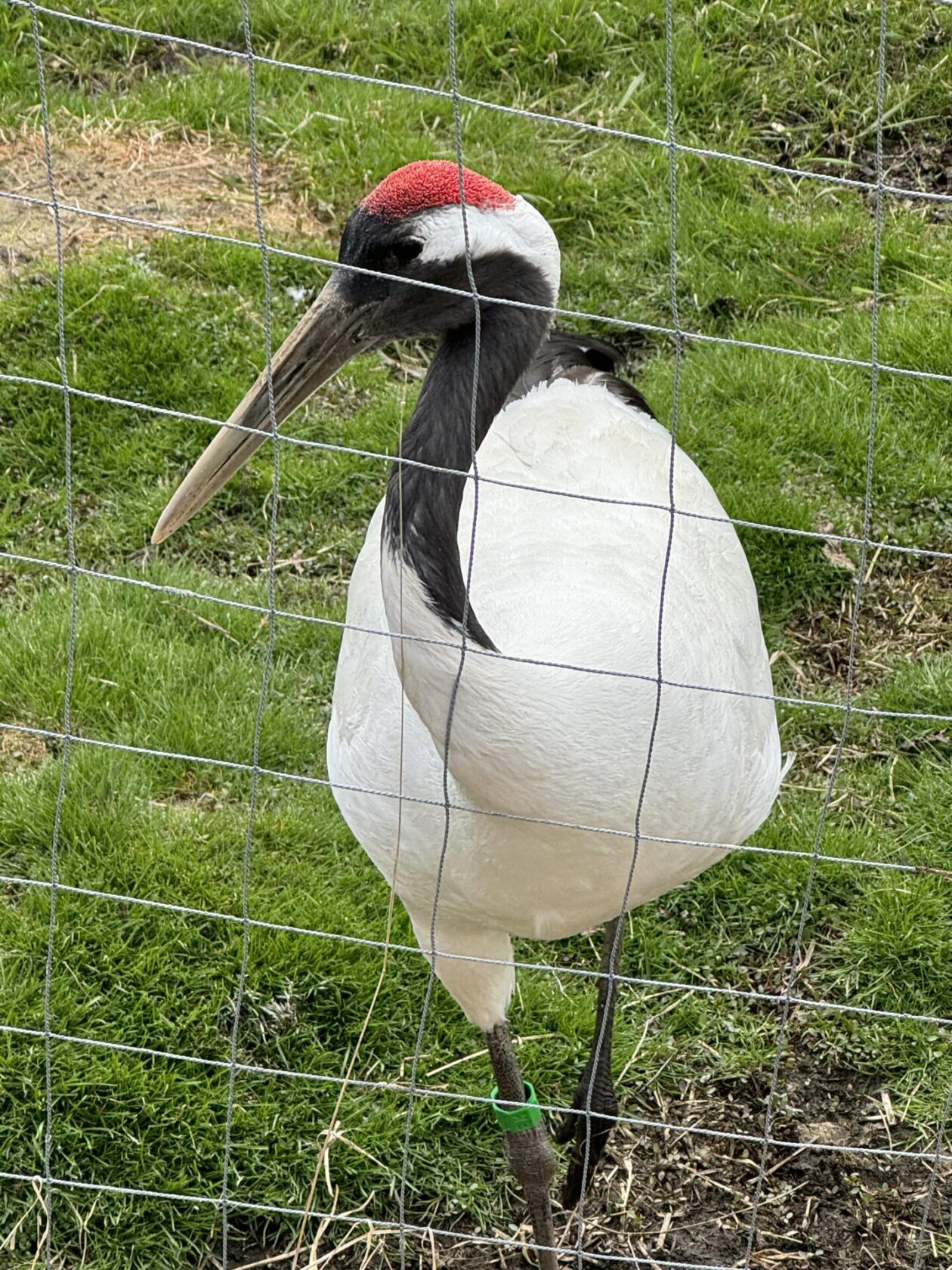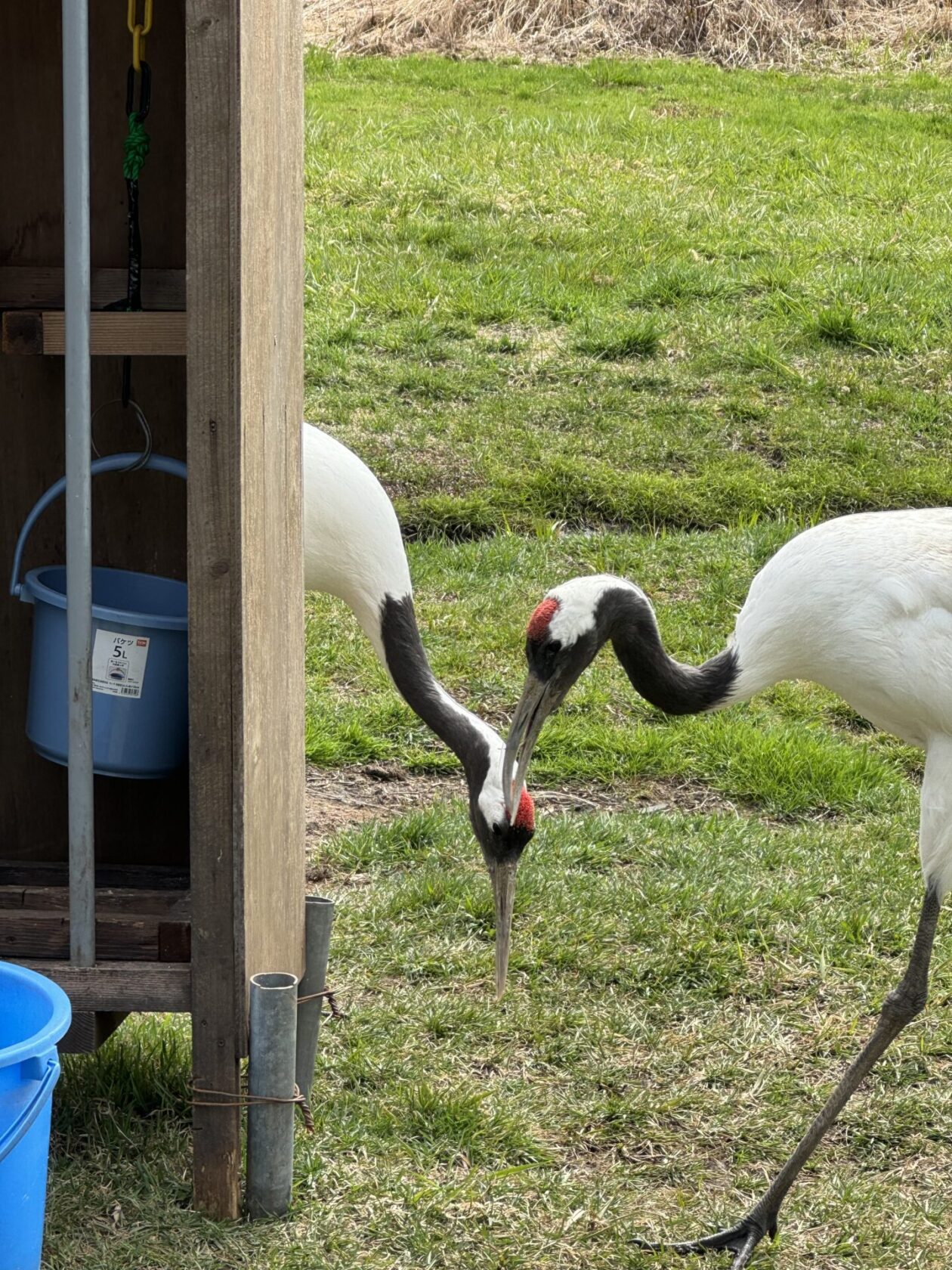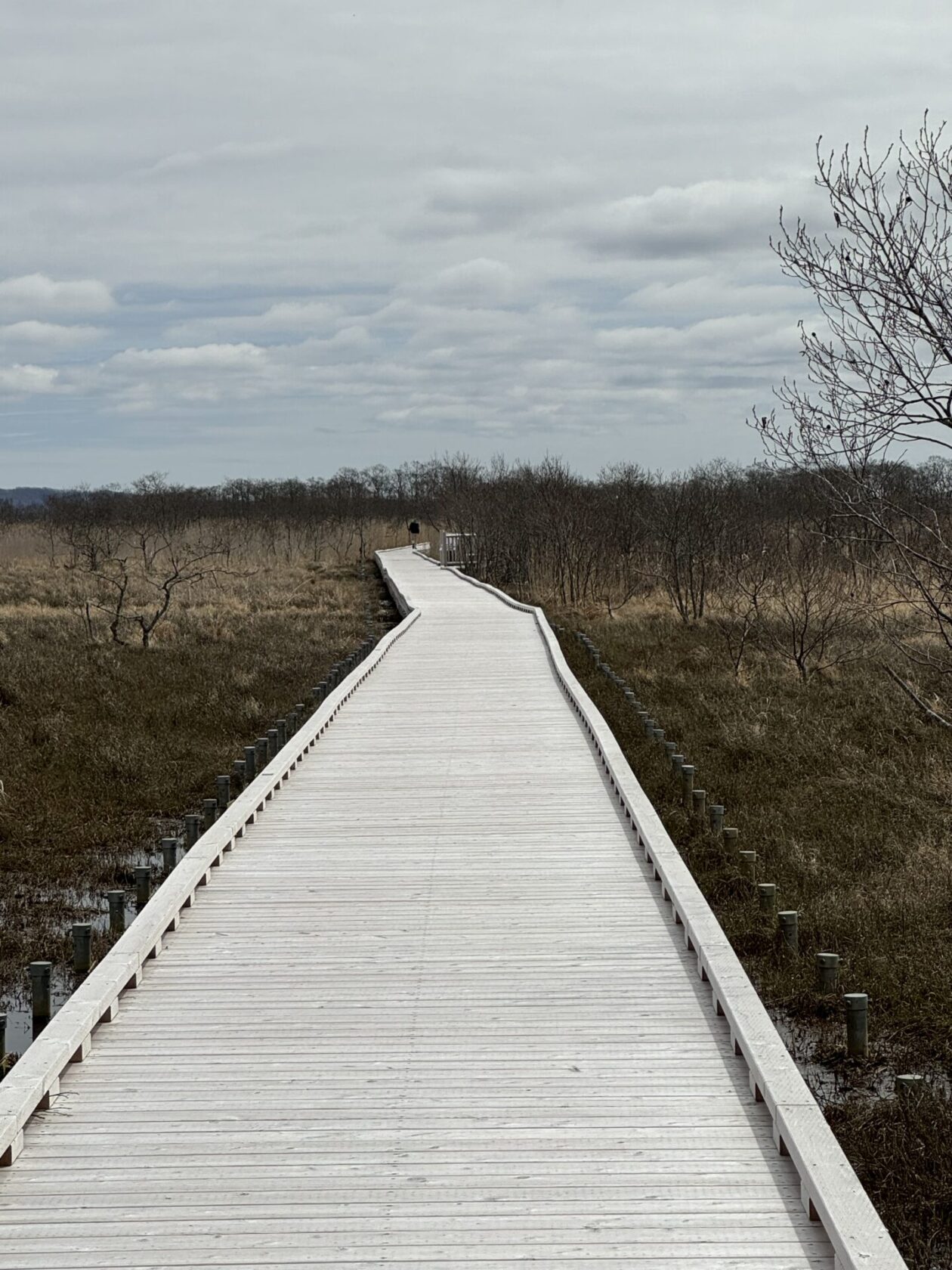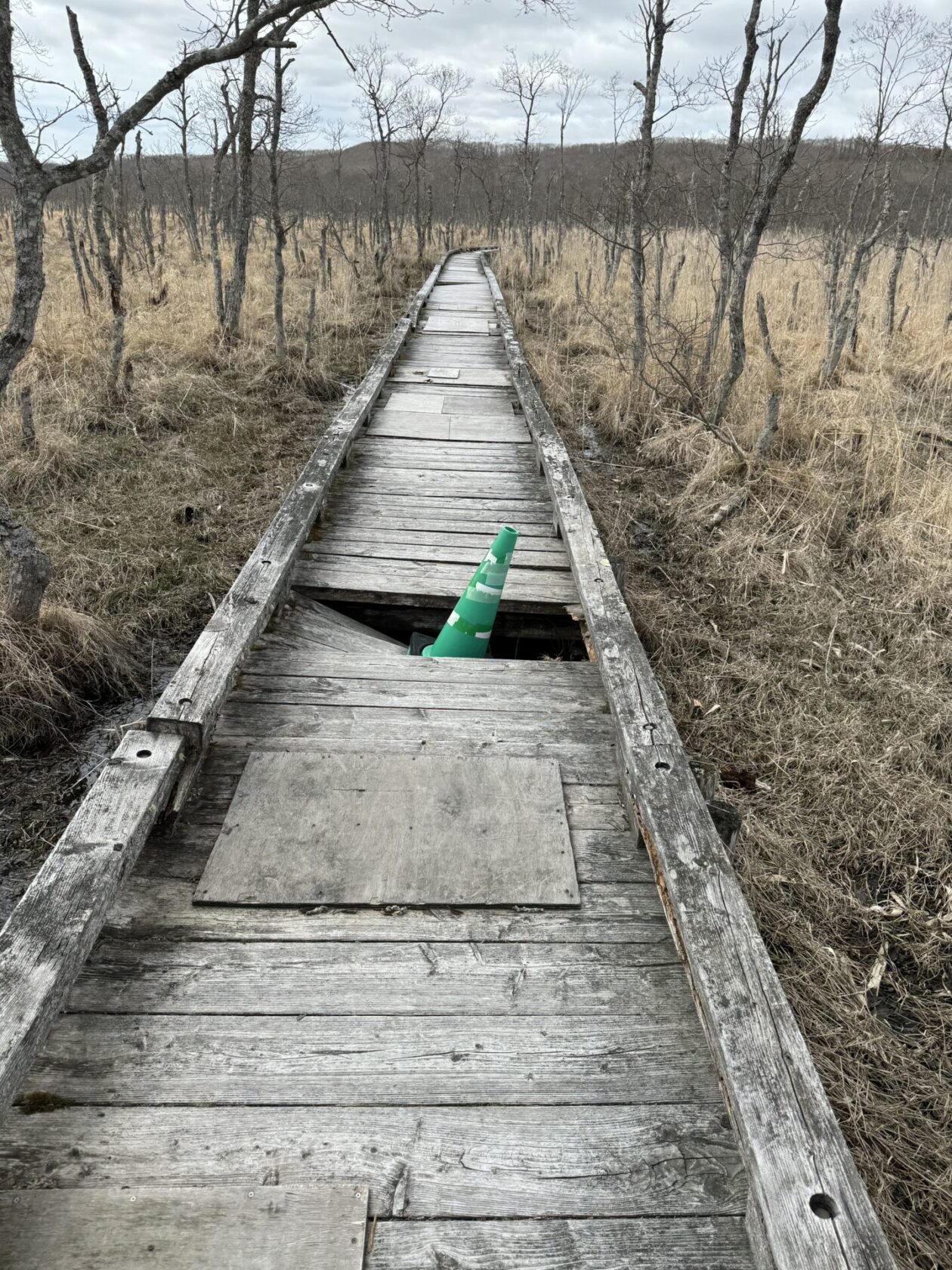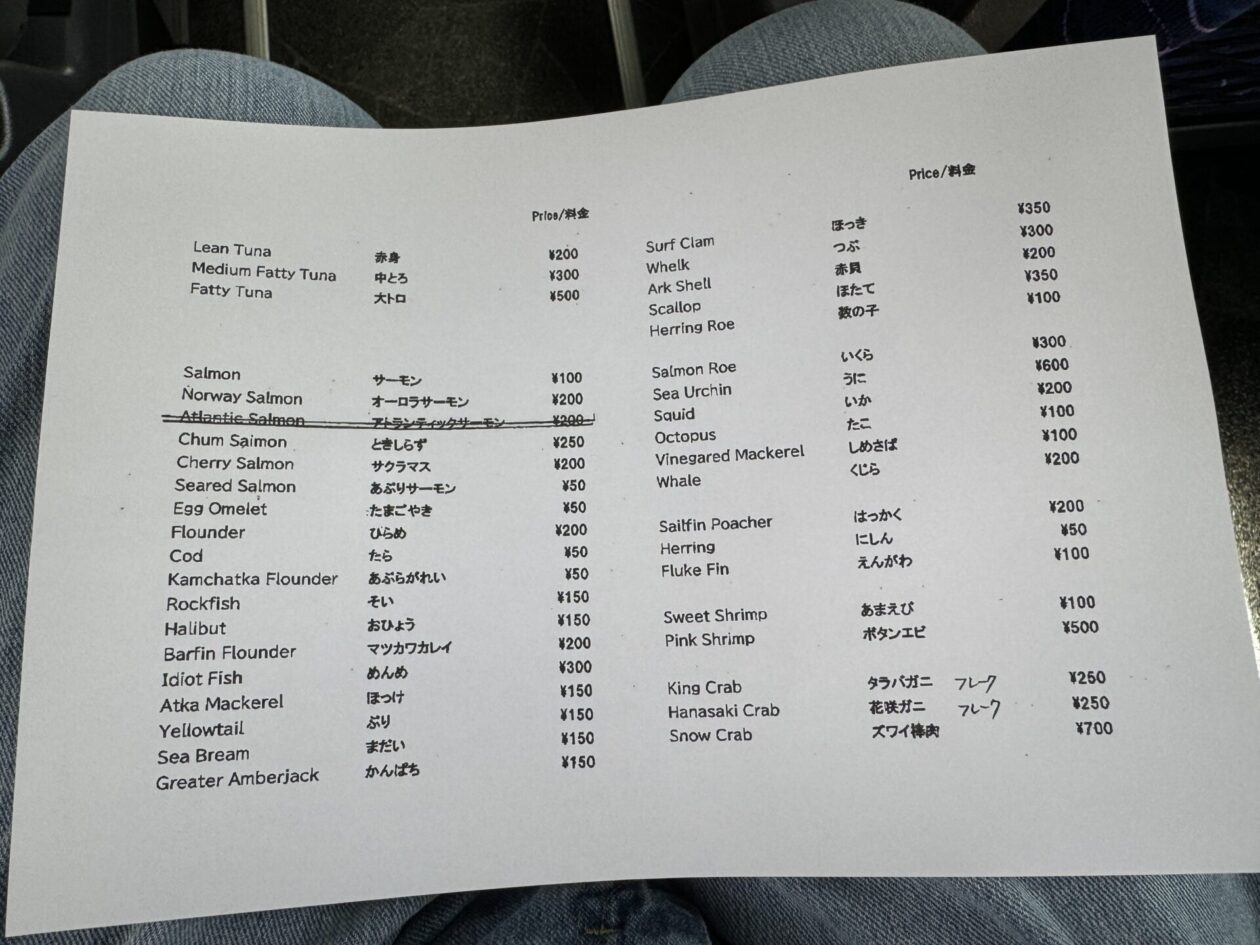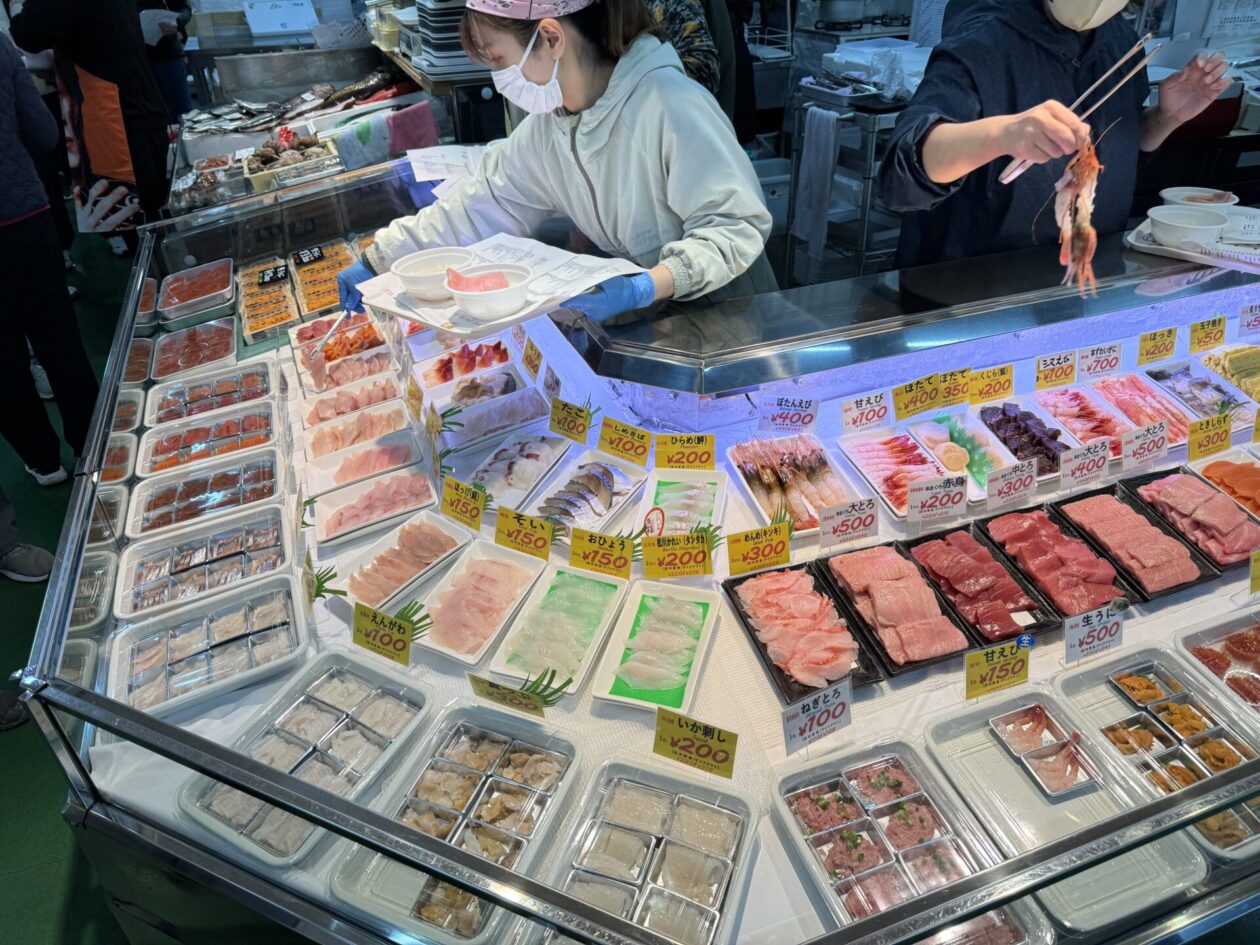- Northern Pacific Wanderings 2024 — here we go!
- Enjoying a few days in Hong Kong
- A day in Kaohsiung and Tainan, Taiwan
- A quick trip to the Penghu Islands
- Two Days in Taipei, Taiwan
- Naha, Okinawa
- Two days in Beijing
- Two days in Incheon and Seoul, South Korea
- Jeju Island, Korea
- Busan, Korea in a day!
- Nagasaki, Japan
- Arita, Japan
- Miyajima and Hiroshima, Japan
- Kyoto’s Bamboo Forest and Rock Garden
- Matsushima, Japan
- Hakadote, Japan
- Kushiro, Japan
- Dutch Harbor….er, Unalaska, Alaska
- Kodiak, AK
- Homer, AK
- Glacier Bay National Park and Preserve, AK
- Sitka, AK
- Klawock and Craig, AK
- A Nanaimo, BC, Canada drive by
- Vancouver BC, end of trip, and final thoughts
Today, we are in our final Japanese (and Asian) port — Kushiro which is a port city in eastern Hokkaido. This city has been an international trading port since early in the 20th century, as well as a reliable fishing port. Both of these are largely true because of the way the Pacific current passes this part of Hokkaido. Kushiro gets relatively little snow and the port is reliably ice-free. The mild weather has contributed to the city becoming a major tourist city, along with one other thing — Japan’s largest marshland (Kushiro Shitsugen) that is home to rare wild Japanese red-crown cranes (tancho). These birds are very special in Japan and are reflected in art and literature. They once were seen around Japan, but started disappearing during the Meiji era. Today, they are an endangered species and we were here to visit both the Tancho Crane Reserve and the Shitsugen National Park to learn more. The Crane Reserve was opened in 1958 with the goal of protecting and propagating the species. They started with 5 birds and, after much trial and error, have been successful in hatching, growing, and releasing these beautiful birds into the wild. Starting with a low of around 50 birds across Hokkaido in 1955, today there are over 1,600 cranes.
In the preserve today, there are about 20 cranes that wander around the preserve. Having said that, these birds are very territorial so the stay in fenced enclosures — singly or in life-mated couples. For the couples, hatching season was last month. Up to that time, the couple shares egg incubation duties. After hatching, the actually grow to the same size as their parents in about 100 days and learn to fly. By about 150 days, the parents kick the chick out. Along the way, they grow a red patch on the top of their head — it’s why they are known as red-headed cranes. One of the interesting things about this red patch is that it can grow, depending on stress or anger. It’s a little like we get red in the face when we get angry due to additional blood flow to the head. While most of the birds that we saw all had relatively small red patches, there was one bad boy who had a long patch and his attitude more or less demonstrated the connection. This bird was in a double enclosure because he took the opportunity to attack the conservator there every chance he got. Anyway, they are beautiful birds and we were so happy to spend time with them.
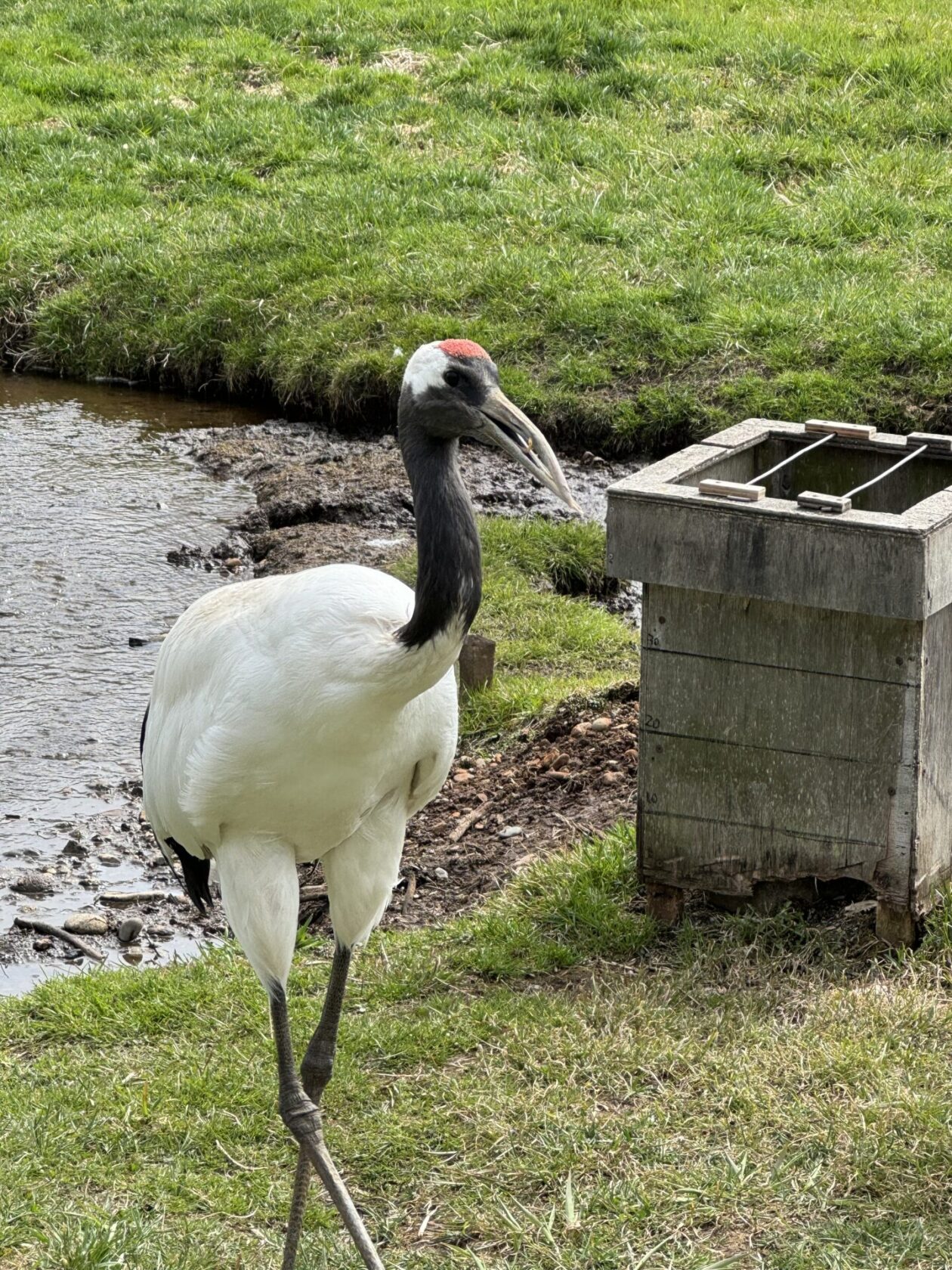
From there, we went to the Shitsugen National Park to see if we could see any of the cranes in the wild. The park has an extensive network of raised wooden trails through the marsh (some in great shape; others total “ankle breakers”) that let us search for wildlife. We did see one crane circling majestically, but that was it. We did see a few Hokkaido Sika Deer while walking on the trail. While wary, they were also quite curious so they hung around to check us out.
From there, we returned to Kushiro and went to their small fish market. There we had lunch in an unusual way — a do-it-yourself chirashi bowl! Basically, you went to one station and got a bowl of rice and then you went to the next station where four types of sashimi you had picked out were placed on top of your rice. I have to admit that I didn’t know some of the fish types and others were pretty funny (e.g., Idiot Fish). Anyway, it was a great way to put together your bowl and everyone was happy.
So now we are off, heading eastward for the next six days until we reach Dutch Harbor, AL. For anyone who has seen the TV Series “Deadliest Catch,” you will be familiar with that town. I suspect Internet will be spotty as we make the transit, so you may not here much from me. Cheers!
This entry was posted in Cruising, Japan, Kushiro, Travel